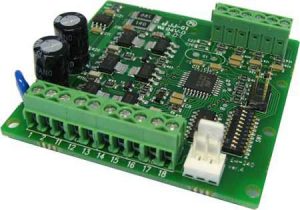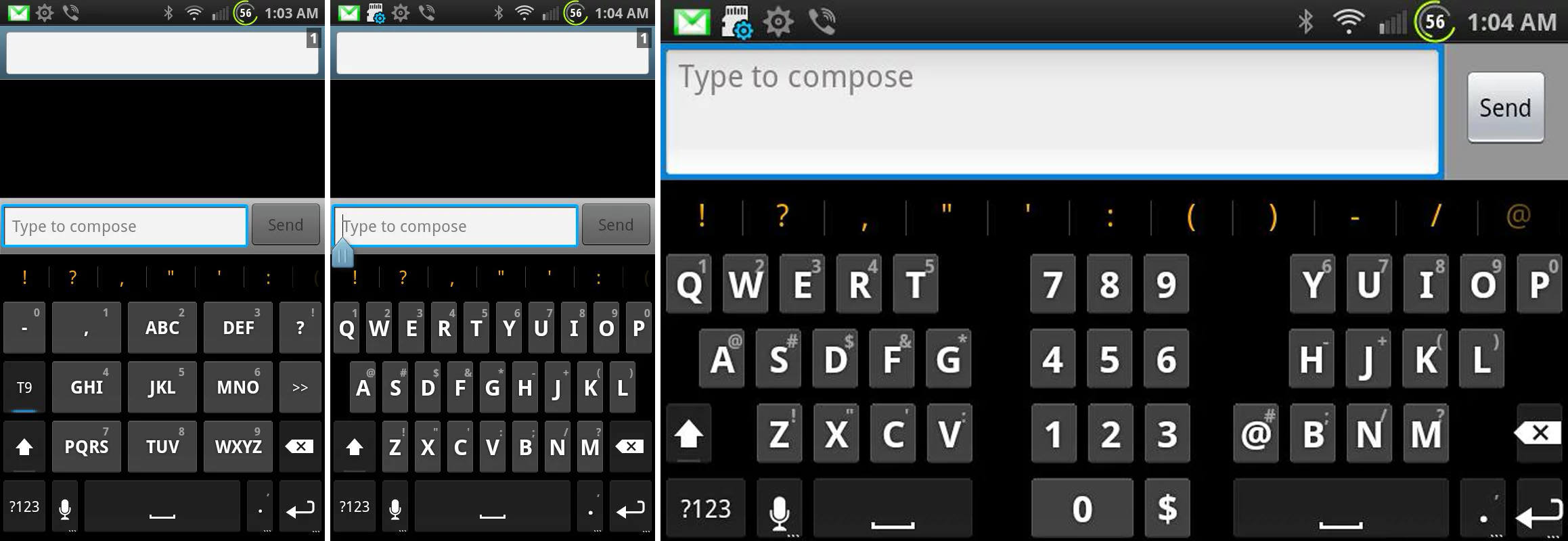

As far as popular home computers of the 1980s, the ZX Spectrum or the Atari 400 (the version with the crappy keyboard) are the best examples of tactile membrane switches. The first is Metal Dome keypads, or membrane keypads. Different types of silicone and membrane switches The membrane assembly of a ZX Spectrum Image credit īefore digging into the design of silicone keypads, I should discuss the various different designs of small keyboards and keypads. So why aren’t people using them? The reason is mostly cost, but there’s also a fair bit of engineering that goes into silicone keypads. Finally, a silicone keypad simply looks cooler than any array of tact switches ever could. Assembly is easy to use a silicone keypad with a printed circuit board, you need only place the keypad onto a PCB everything else is taken care of. These buttons can be any size and any shape you can imagine. Second, you are not limited to small 4 mm diameter buttons as you are with tact switches. First, nearly all of them use labeling on the buttons. There are many advantages to using silicone keypads. The companies selling these keypads will also make custom keypads. Silicone keypads are everywhere, and there are factories that will make you custom silicone keypads: A variety of silicone keypads are available on TaoBao and AliExpress. They’re found in nearly every remote control I’ve ever seen, they were used in your old Nokia Brick cell phone.

You have seen and used these keypads before. The solution to these problems is using injection molded silicone keypads. It may very well be possible that tact switch keyboards could be labeled through either screen printing or pad printing, but the surface area is already very small there’s not much room for labeling anyway. The Hackaday Belgrade Conference Badge did this sufficiently well, and the mini (Pi)QWERTY did this spectacularly by using two PCBs, one for the electronics, and another for the labeling. If you’re going to build a keyboard out of 4 mm tact switches, you’ll also need to put labels on the silkscreen of your PCB. This pushes the price of standard tact switches higher.įinally, and this is purely vanity, tact switches have no labeling.

Also, since picking and placing switches takes time, you’ll end up paying more for assembling switches versus using one self-contained assembly. Compared to SMD resistors and caps, tact switches are big and chonky, increasing the placement failure rate. The failure rate of a pick and place machine might be very low, but if you’re picking and placing dozens of switches per board, the failure rate will be higher than if there were one monolithic device. Secondly, tact switches require assembly. It is conceivable that switches could cost more than the microcontroller in a project. Multiplied by 70, this is $1.25 USD per device, just on switches. The cheapest tact switches I have found come in at about $70 USD per reel of 4000, or about two cents per switch. This is not a problem when you’re only using a handful in a project, but if you’re using sixty or seventy switches per device, those costs add up. The PiMiniQWERTY keyboard is the current state of the art in homemade, miniature keyboards.įirstly, standard 4 mm tact switches are fairly expensive.

However, there are shortcomings with these devices. Another project on Hackaday.io, the mini (Pi)QWERTY USB keyboard, also used several dozen standard tact switches arranged in a keyboard layout for user input. The 2018 Hackaday Belgrade Conference Badge used 55 standard tact switches arranged in a keyboard layout.
#TI36X PI KEYPAD LAYOUT PORTABLE#
The goal of this project is to build a very small computer keyboard for wearable electronics, electronic conference badges, to play Fortnite on a portable gaming rig, and as a very small USB keyboard.
#TI36X PI KEYPAD LAYOUT HOW TO#
Despite this, I managed to build a custom silicone keypad, and now I’m sharing this information on how to do it with you. Asking a company in China about how to do it is a game of Chinese Whispers. There is a little documentation out there, but every factory that does this seems to have copy and pasted the information from each other. Unfortunately, there is no readily available information on the design, construction, or manufacture of custom silicone keypads. No one’s done it yet, so I figured I might as well. There’s one option though: silicone keyboards. Unless you’re hacking Blackberry keyboards or futzing around with tiny tact switches, there’s no good solution to small, thin, customization keyboards. If you want a small keyboard, you might be out of luck. If you want keyboards, we can get you keyboards.


 0 kommentar(er)
0 kommentar(er)
